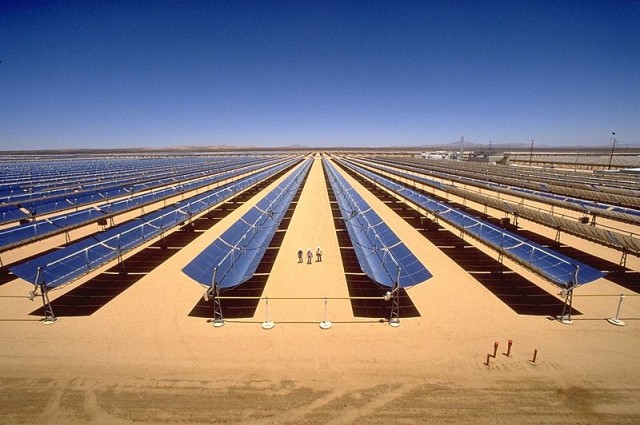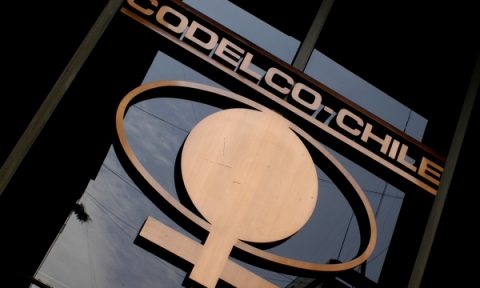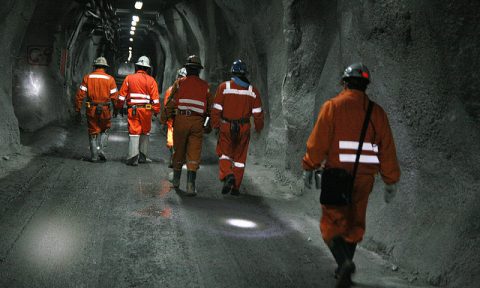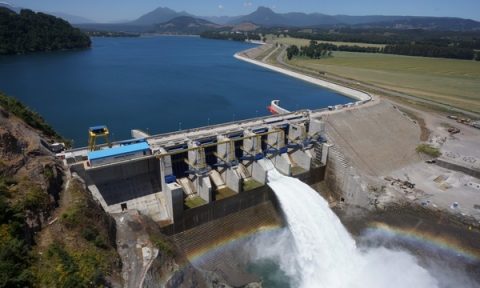SIC would bear half the estimated NCRE for the northern network
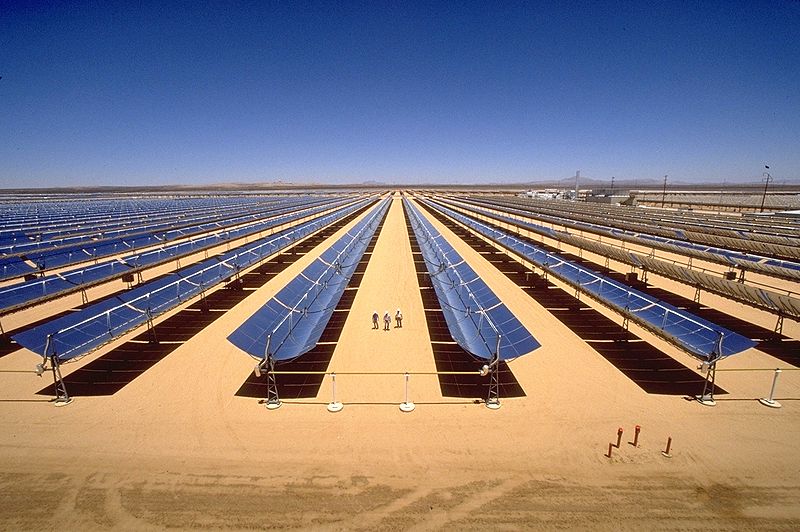
Until 2018 the entry of about 2,000 MW projects, while the network in that area could absorb only 1,100 MW of that capacity, is projected.
Increase the presence of Non-Conventional Renewable Energy (NCRE) in the generation matrix is one of the goals outlined in the government’s Energy Agenda. However, the realization of this objective would face some obstacles, especially in the north of the Central Interconnected System (SIC).
So at least show the calculations of the Center for Economic Load Dispatch (CDEC) of this network, which warns that in the northern portion of the main electrical grid, specifically between the cities of Copiapó and Ovalle (Cardones and Las Palmas substations), the system could absorb a little more than half the capacity of wind and solar PV projected for that section until 2018.
The reason? transmission constraints that could be overcome only towards that period, when in an optimistic scenario, investments finalized to increase power transmission capacity to the north of the metropolitan area.
CDEC’s report says that the available data indicate that by 2018 would be incorporated into that section of the SIC about 2,000 MW based on NCRE, from which 750 MW correspond to photovoltaic generation, mostly installed towards the north of Copiapó, and about 1,200 MW wind to the north of Ovalle.
“From 2015, and with the installation of a control system off generation, it is estimated that the maximum simultaneous injection of wind and photovoltaic generation in the north of the SIC is about 1,100 MW”, says the lead agency.
They add that to give way and allow the entry of these NCRE, who would present their best performances at sunset, in the case of wind, and between 10:00 and 14:00 hours on solar power, the conventional power plants operating in the area,the Guacolda (AES Gener) and Taltal (Endesa) plants, must tailor its operations presenting high office and and close to its rated power at night from 8:00 p.m., in the case of the first unit.
All of this goes together, the CDEC-SIC adds, to a low-security criteria to force lines and increase thus transport capacity.
The organization adds that to use the disconnect generation devices (owned by Guacolda) could generate expected benefits between 2015 and 2017 of approximately U.S. $ 28 million with Taltal plant operating with LNG, and U.S. $ 11 million if this unit will use diesel.
“The operational analysis supports the previous result, in this case the expected savings, only for 2015 are approximately U.S. $ 25 million and could eventually cover the risk of operating cost overruns by $ 57 million (5% of simulated cases)”, explains CDEC in its report.
Effects
According to an industry source, depending on the volume of NCRE, they could have conventional power plants operating at minimum load, leading to cost overruns to be compensated, according to law, for the rest of the system.
Moreover, in the event that transmission constraints are activated from the northern zone, local marginal costs, which could be lower than in the center of the SIC, which affect the operators in this area, are expected.
Source: Diario Financiero




